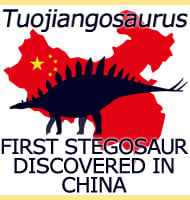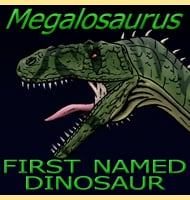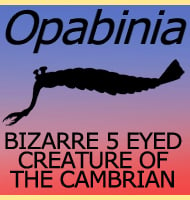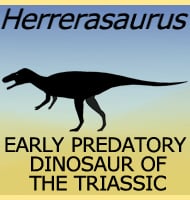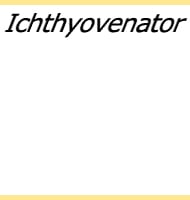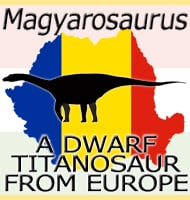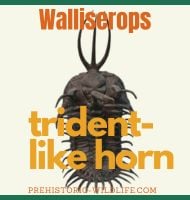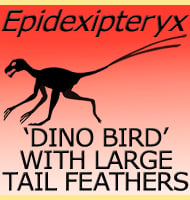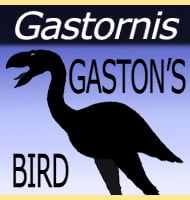In Depth
Although so far only known from partial remains, Qiupalong has been identified as a distinct ornithomimid genus on the basis of differences in the tibia from other known genera of this group. Further analysis has led the team that described Qiupalong to consider it to be similar to Struthiomimus altus and Ornithomimus edmontonicus, both known from North America. Qiupalong also shares some primitive characteristics in the foot bones with other basal ornithomimids. When discovered, Qiupalong was the southernmost confirmed ornithomimid in Asia, something that has extended the known geographical range of ornithomimid dinosaurs beyond that indicated by previous fossil discoveries. Additional remains of Qiupalong from Canada were described in 2017.
Further Reading
– A new ornithomimid dinosaur with North American affinities from the Late Cretaceous Qiupa Formation in Henan Province of China. – Cretaceous Research 32(1):213-222. – L. Xu, Y. Kobayashi, Y.-N. Lee, Y. Liu, K. Tanaka, X. Zhang, S. Jia & J. Zhang – 2011. – First North American occurrences of Qiupalong (Theropoda: Ornithomimidae) and the palaeobiogeography of derived ornithomimids. – Facets. 2: 355–373. – B. McFeeter, M. J. Ryan, C. Schr�der-Adams & P. J. Currie – 2017.

